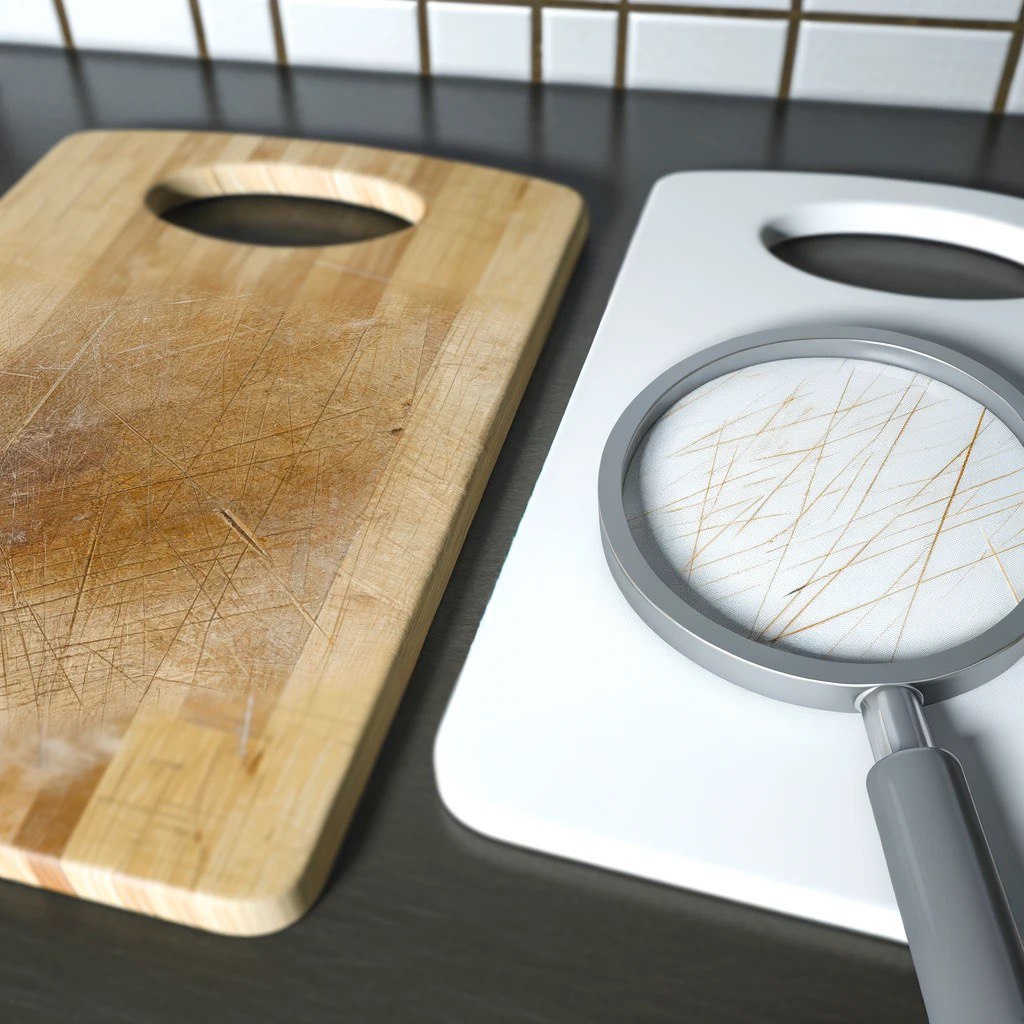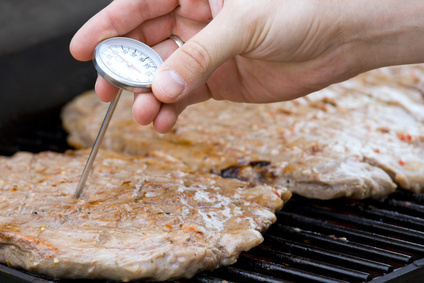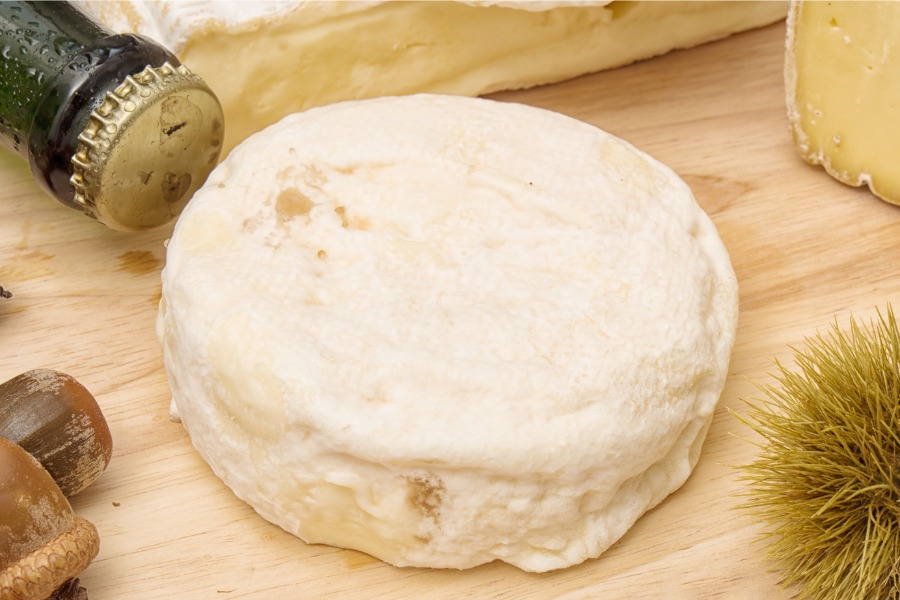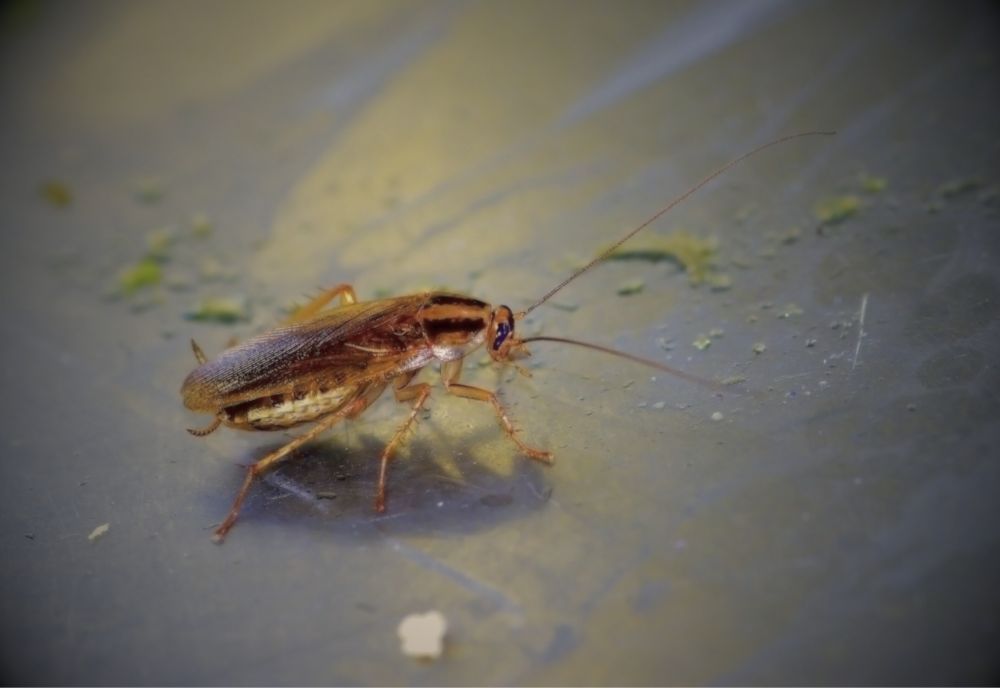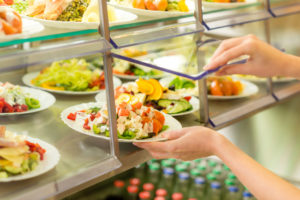
The storage temperature plays a major role for food. On the one hand, perishable food should remain fresh and of high quality and, on the other, no pathogenic germs should grow. Microorganisms multiply more slowly at low temperatures, which slows down the multiplication of bacteria and thus spoilage.
In principle, the critical zone in which bacteria multiply particularly quickly should be passed through as quickly as possible. It is important to keep the range between + 65°C and + 10°C as short as possible during quick chilling.
Food manufacturers are legally obliged to maintain the cooling chain and to monitor and document temperatures as part of their self-monitoring.
With the Alcomo HACCP app, you can record all essential HACCP checks with just a few clicks – from goods receiving and storage temperature monitoring to heating, quick chilling and food serving. The Alcomo HACCP app offers seamless and paperless self-monitoring, including pre-set critical limits and corrective actions.
The following cooling temperatures must be maintained:
- For pre-packaged products , the manufacturer’s instructions on the packaging apply.
- For very perishable foods (e.g. minced meat, fish, liquid egg), temperatures of 0 – 4°C are often specified.
- For other perishable foods in pre-packaged form, the temperatures indicated on the packaging are usually max. + 7°C, for milk and dairy products also up to + 10°C.
- The temperature settings of refrigerators and cold rooms in food businesses must be set accordingly.
- Loose goods such as baked goods with fillings that have not been heated through must be stored at max. + 7°C . (see DIN 10508 “Food hygiene – Temperatures for food”)
- Cold food, such as salads, desserts or sandwiches, should be stored in the food servery at a maximum temperature of + 7°C .
The following requirements apply to the holding temperatures of the ready dishes:
Food that is served hot must have a food transport and serving temperature of over +65°C (see DIN 10508 – Cook & Serve, Cook & Hold).
Pathogenic bacteria such as Bacillus Cereus are hardly a danger at temperatures above +65°C.
Hot food should be cooled as quickly as possible and should have passed through the temperature range between + 65°C and + 10°C within 2 hours or less to minimize the risk of germ multiplication.
The temperatures of the refrigeration equipment and random samples of food temperatures should be monitored, checked and documented regularly, ideally daily.

